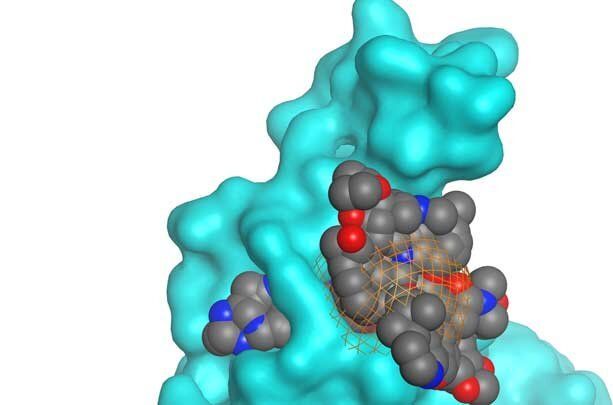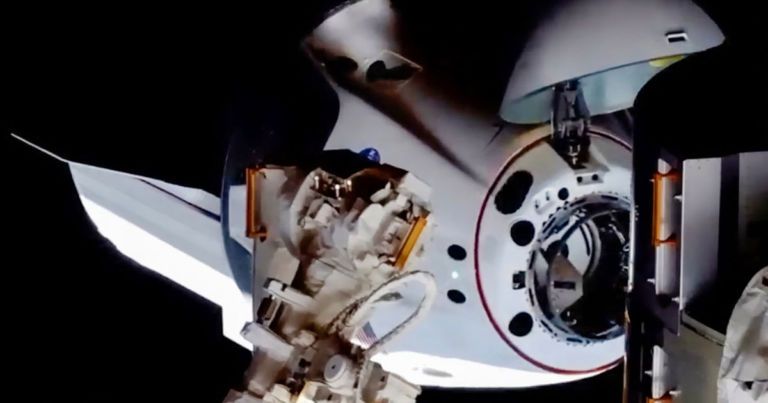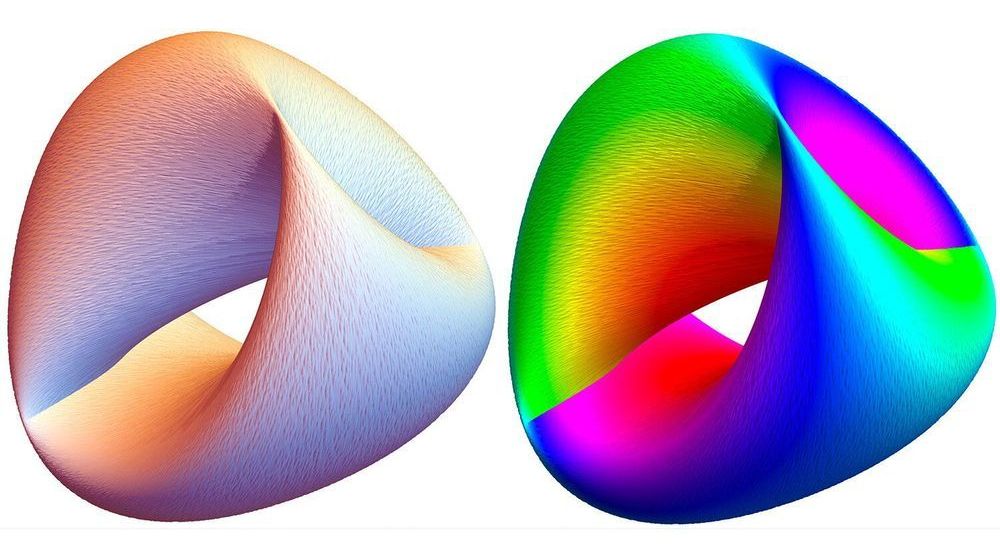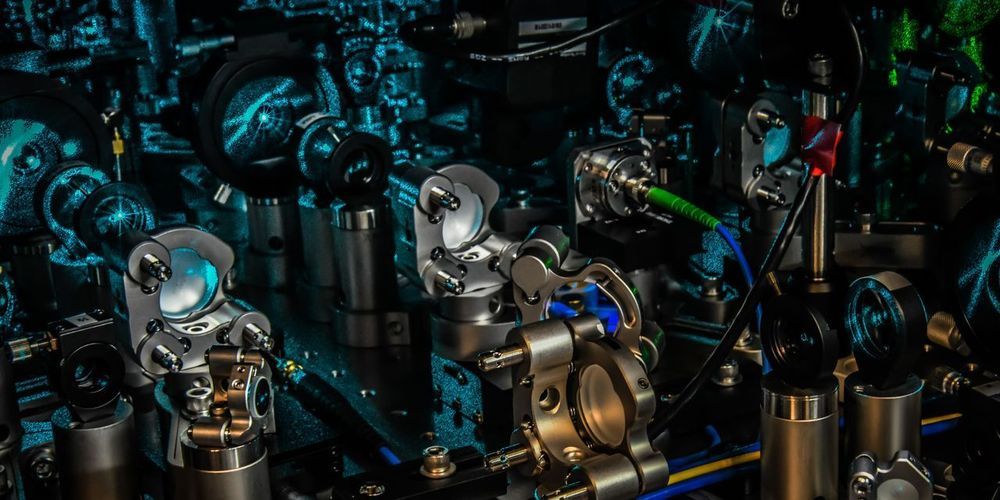Circa 2019 o.,o.
Betelgeuse, Betelgeuse, Betelgeuse.


The Baudry Lab at The University of Alabama in Huntsville (UAH) has identified 125 naturally occurring compounds that have a computational potential for efficacy against the COVID-19 virus from the first batch of 50,000 rapidly assessed by a supercomputer.
It’s the first time a supercomputer has been used to assess the treatment efficacy of naturally occurring compounds against the proteins made by COVID-19. Located in UAH’s Shelby Center for Science and Technology, the lab is searching for potential precursors to drugs that will help combat the global pandemic using the Hewlett Packard Enterprise (HPE) Cray Sentinel supercomputer.
The UAH team is led by molecular biophysicist Dr. Jerome Baudry (pronounced Bō-dre), the Mrs. Pei-Ling Chan Chair in the Department of Biological Sciences. Dr. Baudry is video blogging about his COVID-19 research journey using HPE’s Cray Sentinel system. His research is in collaboration with the National Center for Natural Products Research at the University of Mississippi School of Pharmacy and HPE.


Researchers from North Carolina State University have discovered that teaching physics to neural networks enables those networks to better adapt to chaos within their environment. The work has implications for improved artificial intelligence (AI) applications ranging from medical diagnostics to automated drone piloting.
Neural networks are an advanced type of AI loosely based on the way that our brains work. Our natural neurons exchange electrical impulses according to the strengths of their connections. Artificial neural networks mimic this behavior by adjusting numerical weights and biases during training sessions to minimize the difference between their actual and desired outputs. For example, a neural network can be trained to identify photos of dogs by sifting through a large number of photos, making a guess about whether the photo is of a dog, seeing how far off it is and then adjusting its weights and biases until they are closer to reality.
The drawback to this neural network training is something called “chaos blindness”—an inability to predict or respond to chaos in a system. Conventional AI is chaos blind. But researchers from NC State’s Nonlinear Artificial Intelligence Laboratory (NAIL) have found that incorporating a Hamiltonian function into neural networks better enables them to “see” chaos within a system and adapt accordingly.

A case of pink eye is now reason to be tested for COVID-19, according to University of Alberta researchers.
Coughing, fever and difficulty breathing are common symptoms of the illness, but a recent case study involving an Edmonton woman and published in the Canadian Journal of Ophthalmology has determined that conjunctivitis and keratoconjunctivitis can also be primary symptoms.
In March, a 29-year-old woman arrived at the Royal Alexandra Hospital’s Eye Institute of Alberta with a severe case of conjunctivitis and minimal respiratory symptoms. After the patient had undergone several days of treatment with little improvement—and after it had been determined that the woman had recently returned home from Asia—a resident ordered a COVID-19 test. The test came back positive.

Honeywell stock doesn’t trade on quantum fundamentals yet. Shares are down about 16% year to date, worse than the comparable drops of the S&P 500 and Dow Jones Industrial Average. Honeywell is a large aerospace supplier, and the commercial aviation business has been hammered by Covid-19. Boeing (BA) stock, for instance, is off more than 40% year to date.
Honeywell stock is flat in early Friday trading. The S&P is up about 0.8%.
The quantum-computing industry hasn’t yet arrived, despite today’s announcement. But quantum computers are already better than regular computers in certain instances. Google parent Alphabet (GOOGL) demonstrated the ability of its rudimentary quantum computer to beat traditional systems.




A team of researchers claim to have achieved quantum teleportation using individual electrons.
Quantum teleportation, or quantum entanglement, allows particles to affect each other even if they aren’t physically connected — a phenomenon predicted by famed physicist Albert Einstein.
Rather than a teleportation chamber out of a sci-fi movie, quantum teleportation transports information rather than matter.